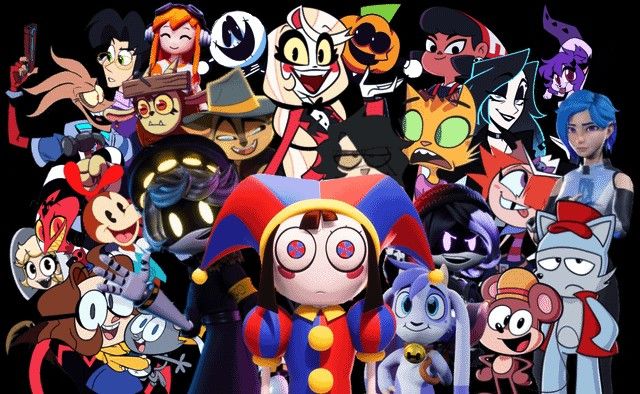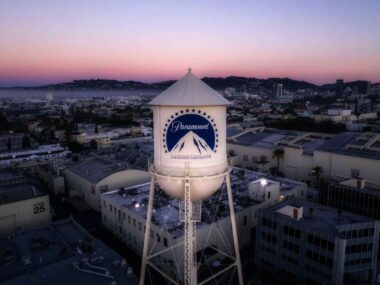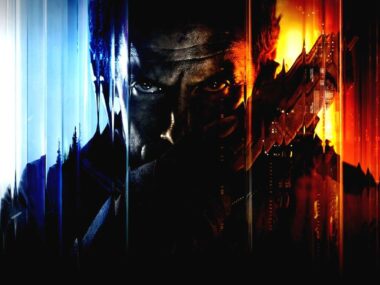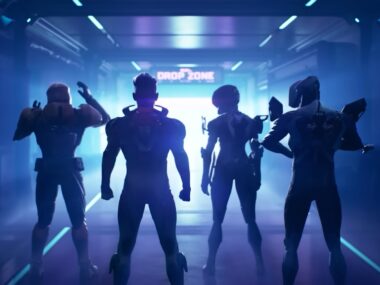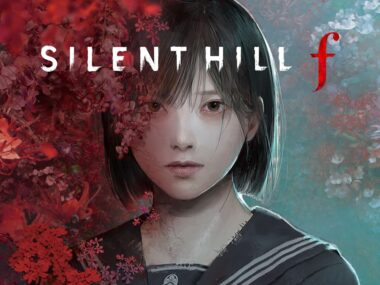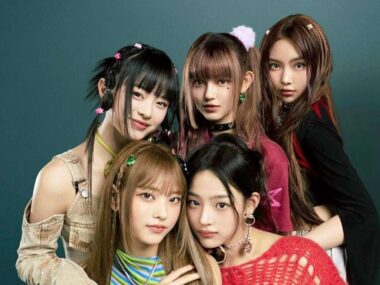A lot of animation fans are convinced indie studios like Glitch represent the future of the medium. Is that actually true, or are fans projecting their frustrations with the mainstream onto these smaller studios?
It’s not hard to see where the optimism comes from. The decline of cable TV gutted much of animation’s old ecosystem. Beloved series like Family Guy and The Simpsons are seen as past their prime. New animated shows struggle to survive long enough to find their audience, often canceled before they gain traction. Plus nobody has forgotten about Warner Bros. pulling entire animated libraries. Sometimes for tax write-offs, or to focus on live-action content.
The landscape feels shaky. In that vacuum, indie studios are stepping up with bold, unconventional projects. The question is whether they can carry animation’s future or if fans are overestimating their reach.
Why Fans Are Losing Faith in the Mainstream
Mainstream animation’s reputation has taken a beating. Fans are disillusioned for a few reasons:
- Safe, formulaic content: Big studios tend to repeat what already works, serving up familiar art styles and recycled plots. Many fans see it as corporate animation stripped of personality.
- Disconnect with adult audiences: Too often, “adult animation” revolves around gross, crude jokes rather than ambitious storytelling.
- Corporate cost-cutting: From mass layoffs to using generative AI, studios appear more interested in efficiency than artistry.
- Labor issues: Many animators have shared their stories of being overworked, dealing with low pay and burnout, which makes corporate decisions feel even more cynical.
The Rise of Indie Studios
Audiences are craving something risky, something that’s authentic. Indie creators can deliver exactly that because they work outside of mega corporations
Glitch Productions has become the poster child for indie success. Viral hits like The Amazing Digital Circus built them a devoted following. It’s also led to partnerships with Netflix and Amazon that have introduced their content to a wider audience.
VivziePop and SpindleHorse (Hazbin Hotel, Helluva Boss), Pretty Pretty Please I Don’t Want to be a Magical Girl! are also breaking through thanks to the power of fans and word-of-mouth hype.
Indie shows resonate because they take risks. They tell stories networks would never greenlight. They maintain creative control instead of being watered down by executive notes. They thrive on fan-driven support, often going viral before studios even notice.
The line between indie and mainstream is already blurring. As Glitch signs major distribution deals, some fans question whether it still represents “true indie” spirit. The more popular these studios get, eventually they’ll face the same pressures and compromises as their corporate counterparts.
The Glitch Spotlight Problem
Here’s another complication. Most fans are only familiar with Glitch, and maybe a handful of other names. That spotlight overshadows dozens of smaller, equally inventive studios and solo creators who don’t have the same reach. There’s fear that other voices will struggle for visibility while a few big names dominate.
For indie animation to really thrive, fans need to seek out and support the broader ecosystem, not just the viral hits. Social media, fan communities and conventions play a role in boosting creators who aren’t yet in the spotlight.
The Sustainability Problem
Indie animation has momentum, but it’s not immune to real-world challenges. Animation is expensive, and small teams need bigger budgets to compete with the production values of major studios. Passion-driven projects can be a struggle when creators are balancing funding, staffing, and creative freedom.
Distribution can also be an issue. Without strong partnerships, indie projects can struggle to find audiences beyond their initial viral buzz.
Indie studios are essential to the industry’s evolution but calling them “the future” may be overstating it. At least for now.
Indie Animation Won’t Replace the Mainstream
Mainstream animation isn’t going away. Adult Swim continues to push boundaries with series like Common Side Effects. Anime is only growing in popularity in the West. Series like Dandadan, Sakamoto Days, and Solo Leveling prove that major studios are still capable of delivering quality storytelling and exceptional animation.
What indie animation offers is not replacement, but an alternative. It expands the field, forces innovation, and gives fans the variety they’ve been begging for.
Will indie animation be the undoing of bigger studios? Not entirely. The future of the medium will be a hybrid of the mainstream adapting under pressure, and indie studios carving out more space on their own terms. It’s the counterbalance the animated industry desperately needs.
In other words, indie animation doesn’t have to be the future to matter. It just has to be part of it.
